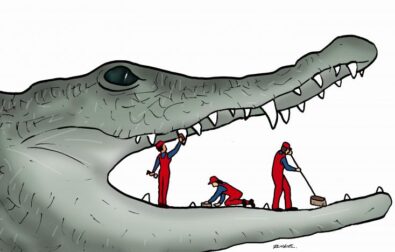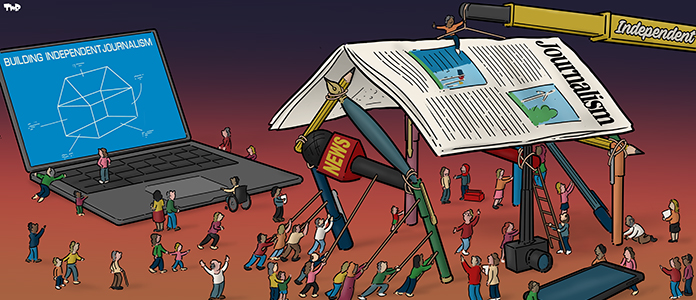Introduction
The green gold rush
In the fight against global warming and its consequences, green finance looks like a formidable lever. Investing in sustainable, environmentally friendly projects rather than in fossil fuels – it is an obvious opportunity to respond to the increasingly pressing demands of public opinion and certain investors.
So it is not surprising that a growing number of companies are using green finance to develop their business. They are driven by a genuine commitment to ethics and ecology, as well as the wish to spotlight their virtue in corporate communication.
👉 All the articles from our investigation are available here.
Developed in the 2010s and formalised by the Paris Climate Agreement in 2015 (the date is important, we will come back to it), the term “green finance” encompasses an array of tools, instruments and actors. It features acronyms and mechanisms that are not always easy to understand.
While we have endeavoured to make the following information accessible and understandable, the subject matter remains challenging. The good news is that by the time you get to the end of this story, your perspective on green finance should be as clear as a primeval forest razed by chainsaws.
Let's begin with Michelin. Among the European companies that pride themselves on their "sustainable" policies, the tyre giant highlights its commitment to "responsible and sustainable management of the rubber industry (rubber tree cultivation), [...its] ambition of zero deforestation, and its commitment to protecting biodiversity". This is how the firm reassures its shareholders and customers that its tyres are more eco-friendly than those of its competitors.
The flagship of Michelin’s commitment to sustainable natural rubber is the Royal Lestari Utama (RLU) project in Indonesia. Created in 2015, it is a joint venture between Michelin and its local partner Barito Pacific. The project is presented in commercial videos as the ultimate success story: planting rubber trees to reforest areas devastated by illegal logging, while creating jobs for local people and protecting flora and fauna – in particular, elephants, orangutans and baby tigers.
All this with the involvement of the World Wildlife Fund (WWF), the United Nations Environment Programme (UNEP) and the United States Agency for International Development (USAID), who together have presented it as a model of a sustainable value chain.















